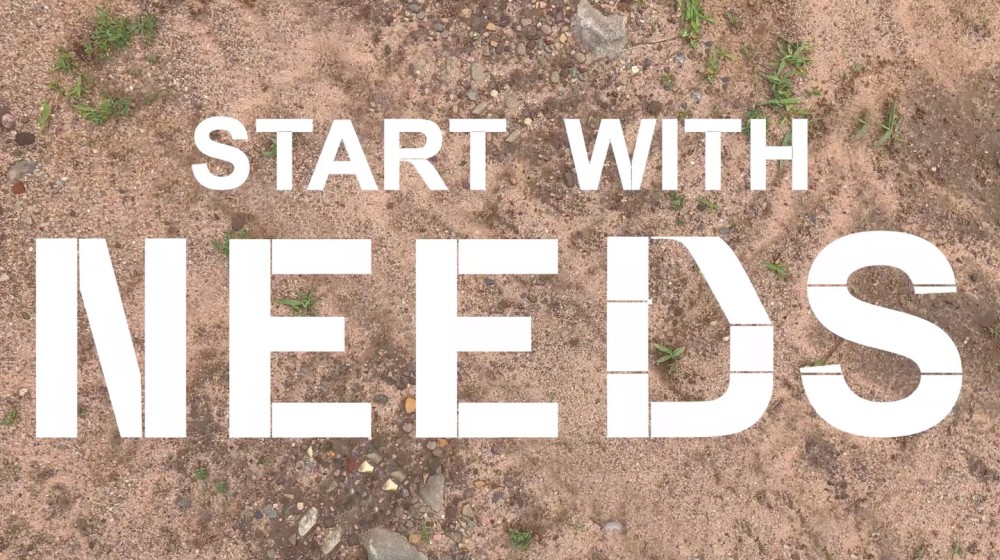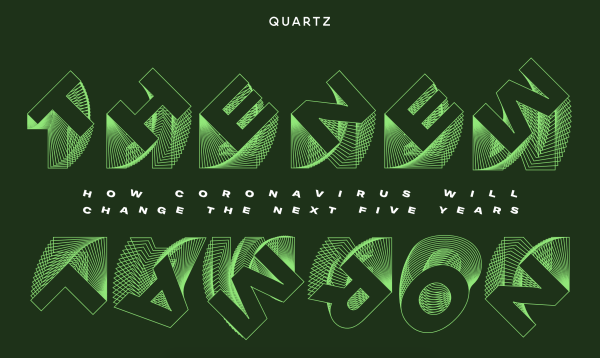Watch Videos here
Nothing works. And to worry that things might go wrong is to miss the point. Things will always go wrong.
Problems, errors, risks, and failures are typically regarded to be deficits rather than assets—something to be hidden, discarded, or redeemed with a solution. The modern mind loves to struggle against them and make them into ur enemies, like Capital, that must be defeated with a total, dramatic apocalypse.
But it seems more likely that there are multiple prevailing and constantly mutating political superbugs that, against all odds, succeed in garnering authoritarian power, exacerbating inequality, and pushing the world toward climate cataclysm. These common bullies and stubborn cross-purposes do not respond to reasonable solutions. They are even strange precipitates—or escapees—of those very attempts to tame the world with airtight logics. The modern mind is deflated in the face of failure, but superbugs are more resilient, resourceful, and inconsistent.
Rather than fighting or eliminating problems, consider the productivity of multiplying problems. As in Parrondo’s Paradox—the counter-intuitive game theory that pairs losing games to generate wins—problems are raw materials that can leaven and catalyze each other. Negative one and one are both the same distance from zero and can both generate a similar incremental change. In a periodic table of problems, problems have potent dispositions, affordances, or combinate potentials. They carry with them needs and experiences. They are information-rich.
Taking a hard pass on ideological utopias, problems and failures inspire alternative ways to register the design imagination—not solutions and master plans but rather organs of interplay. The approach is less like designing objects and more like adjusting the toggles and dials of organization. It is the design of a platform for inflecting populations of objects or setting up relative potentials within them that unfolds over time. An interplay becomes more practical, precise, robust, and deliberate as it becomes more indeterminate and entangled. It relies on imbalance rather than homeostasis. It is something that should not always work.
If any design can be gamed or corrupted, the extended temporal dimension of interplay may be more politically savvy and agile. It allows design to readjust to changing conditions or to moments when the intervention is out-maneuvered. The interplay may offer temporary means to tune parts of the larger urban landscape, but by being impermanent, it is not equivocal or hopelessly flexible—just more direct and deliberately partial.
Constantly renewed, failure provides a limitless field of raw material. Many of the spatial assets in this field only become available for harvest in the face of financial or environmental failure. Spaces that fall off the real estate rolls or are abandoned because of their toxicity are free to offer a parallel portfolio of heavy, physical, situated values—proximities, dispositions, and risks in a wetter, hotter world.
In the wake of this greed and failure, the most powerful players have also conveniently provided the means by which to spread a countering alteration of that space. An interplay can gain scale by finding multipliers in the very repetitive landscapes of spatial products that they intend to overwrite. They can even be positioned as a germ to piggyback on these formulas and use them as built-in amplification.
Interplay, as an ecology rather than a solution, offers some additional political advantages to the activist. Spatial changes that do not always declare themselves or appear in lexical or legal registers may also slip between ideological fights with an extra degree of political cover. But more importantly, interplay requires no tabula rasa or all-encompassing solution and it is not solely reliant on any one ledger of values. It does not have to wait for the revolutionary overhaul of all systems or the perfect renovation of political conditions to respond to urgent situations. It can begin sooner to exploit a relationship for as long as it is relevant.
If things will always go wrong, there are only organizations with a greater or lesser capacity to provide relief. Four protocols of interplay are considered here. They start with need, disaster, risk, and overdevelopment as raw materials. And they too risk the failure, naiveté, and embarrassment that attends engagement.

